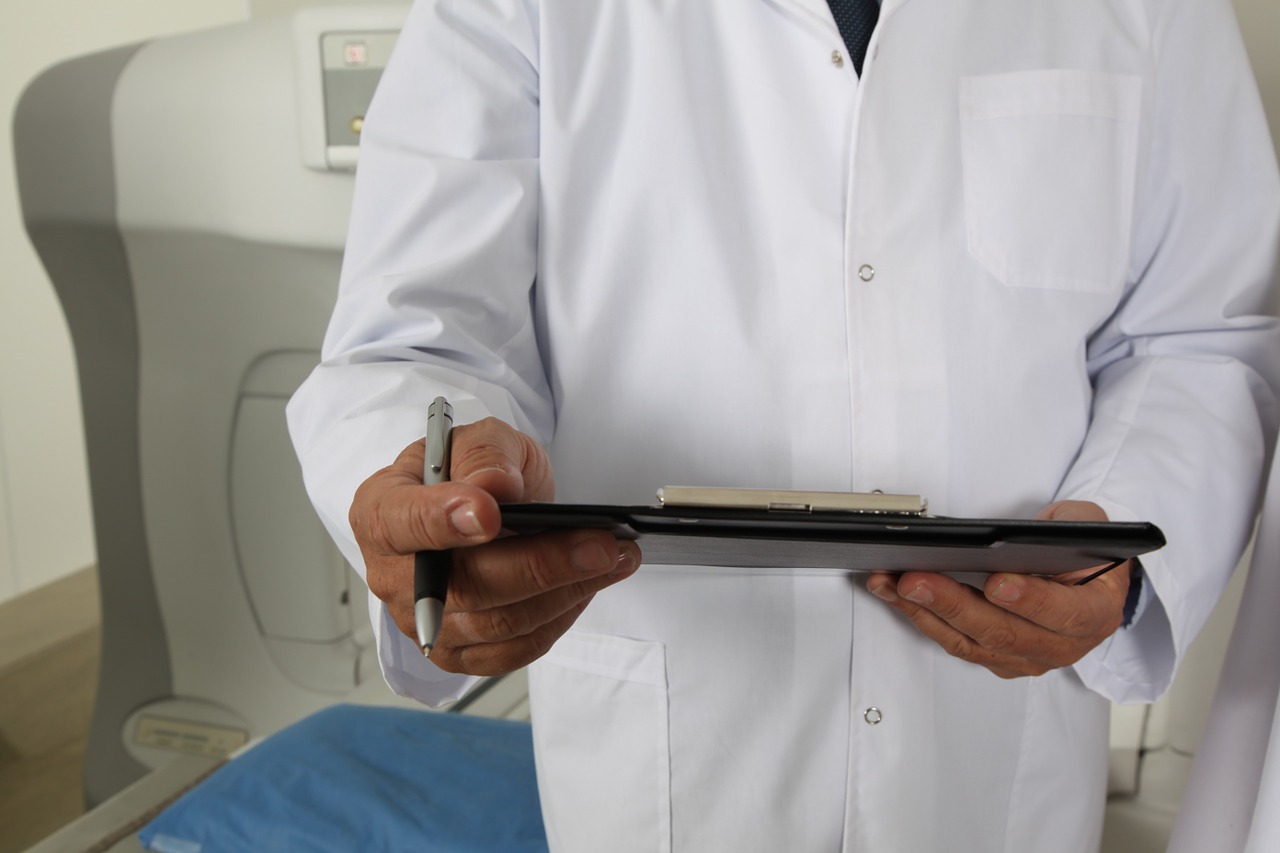Autism is today, more correctly known as Autism Spectrum Disorder, or ASD. For generations, this was a largely misunderstood condition, due to its size and complexity, and it wasn’t until the 1980s that medical texts even recognized it as a distinct condition on its own. Before that time, some of its symptoms were classified as unique conditions on their own, like Asperger’s Syndrome, while other symptoms were misdiagnosed—and mistreated—as completely different conditions, like schizophrenia.
Today, medical science has a better understanding of both the nature and scope of ASD, and it’s proving to be a far larger, more complex condition that medical professionals initially suspected. While more research is now uncovering more details about this condition, fighting it is still an ongoing battle with many unknowns. Of course, one of the biggest concerns with ASD is, whether it can be cured or not, and some people, having heard of new developments like stem cell therapy, wonder if this might be the answer. But is it? Let’s take a closer look.
What Is ASD?
One of the biggest challenges with tackling ASD is how multi-faceted the disorder is. It’s not purely behavioral, like depression or anorexia. It’s not entirely neurological like cerebral palsy, but it’s not completely organ-related either, like cancer.
Instead, ASD takes a little of all three of these characteristics for its symptoms and adds a vast range of different behaviors, and these behaviors are also at varying intensity levels. This is why there was so much confusion for years about what ASD was, and which symptoms constituted ASD. For example, one common physical symptom ASD is gastrointestinal complications, but medical science is currently unsure as to why GI symptoms are so commonly paired with ASD.
On the other hand, the behavioral symptoms of ASD are so wide and so varied that some of them were thought to be individual conditions. It wasn’t until ASD was formally recognized in the 1980s, for example, that Asperger’s was correctly included as just a variant of ASD and not a distinct condition. Conversely, some symptoms of ASD were so severe in terms of hostility, intensity, or unresponsiveness that ASD patients were sometimes misdiagnosed as being schizophrenic. This misdiagnosis was further complicated by the fact that some schizophrenic treatments, such as prescribing antipsychotics did work, and are still one possible treatment alternative even today.
ASD As A Condition
One of the greatest challenges when it comes to addressing ASD is the fact that little is still known about its causes. There is a definite genetic component to ASD, as someone diagnosed with it can pass the condition on to children. However, even if a person doesn’t have ASD, certain pre-natal and post-natal factors can also cause ASD to manifest. A pregnant woman who contracts rubella, for example, can then give birth to a child that is later diagnosed with ASD.
This means, unfortunately, that like diabetes or asthma, ASD is a lifelong condition. There is no vaccine or surgical technique that be done to make ASD go away. ASD’s various symptoms can, however, be managed. In some cases, a psychological approach works best, such as behavioral therapy. With therapy treatments, and ASD patient recognizes and confronts the issues of concern, such as not looking people in the eye during a conversation, or being unable to tie shoes correctly. Through careful training and positive reinforcement, the ASD patient consciously confronts the symptoms, and trains to overcome them.
The Stem Cell Alternative
So if ASD is a permanent, lifelong condition, with no cure, what do stem cells bring to the table? Stem cells are a very special type of “master cell” that can “reprogram” themselves to become any cell in the body. Whereas hair cells can only reproduce to grow more hair, and skin cells can only create more skin cells, a stem cell can become a hair cell, brain cell, nerve cell, bone cell, or any other type of cell in the body, even ones that normally don’t reproduce in large numbers after birth, like heart or kidney cells. Because of this, stem cells have been used in a treatment known as stem cell therapy, and they have proven to be very effective at fighting some forms of cancer, such as leukemia, which affects blood cells.
While the exact mechanisms are not fully understood, and research continues, stem cell therapy is set to be a promising form of treatment for many other disorders and has already shown some good results with ASD. Some of the symptoms of ASD that therapy may not be able to address, such as hostility, inattentiveness or the ability to focus, are improved through stem cell therapy. This indicates that while stem cell therapy, like other forms of treatment, isn’t a cure, it can be effective at suppressing or eliminating some of the symptoms of ASD that other treatments may not be as effective at addressing.


